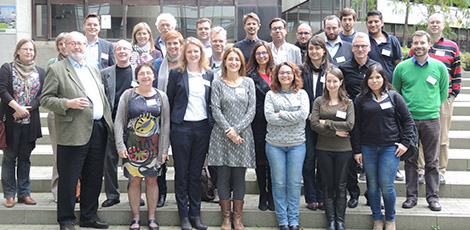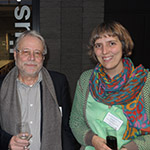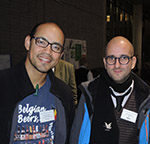
The EMBL-VIB Benelux Alumni meeting offered EMBL and VIB staff and alumni as well as their networks and EMBL Council delegates the opportunity to share information in support of life sciences in Belgium, Luxembourg and the Netherlands, and to explore collaboration possibilities.
Over 50 participants attended the meeting – a large number being VIB alumni learning about EMBL for the first time.
EMBL Council delegates included Gerrit van Meer (Netherlands), Josiane Entringer (Luxembourg) and Philippe Desmeth from the Belgium Science Policy Office on behalf of Francois Guissart (Belgium).
Below meet some of the participants:







